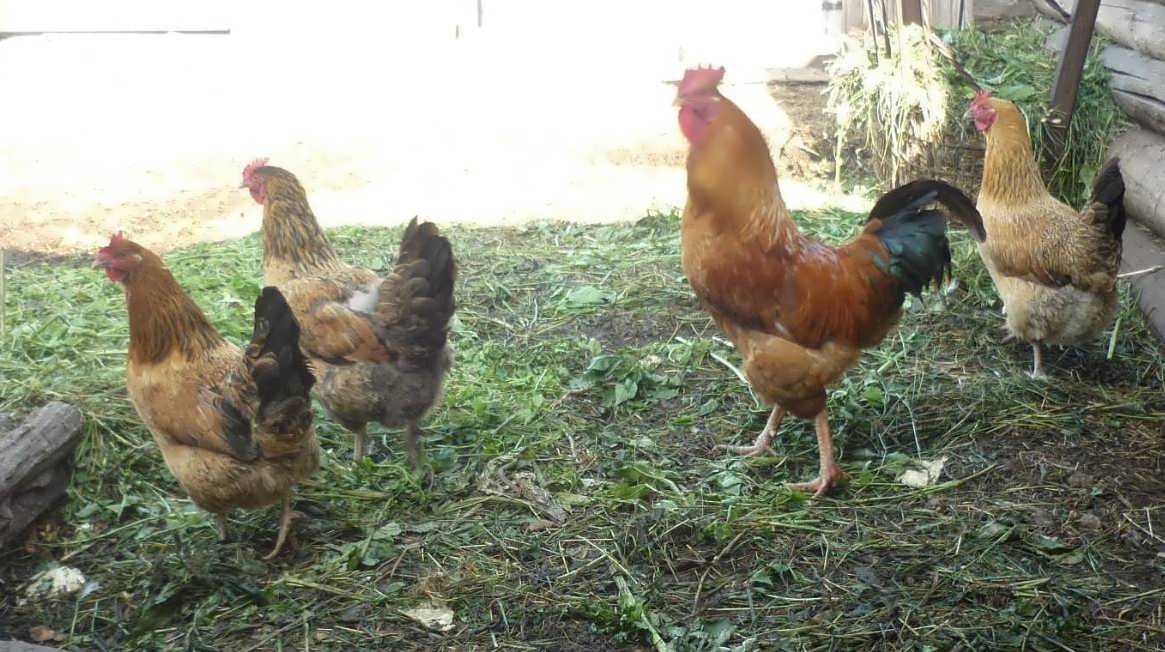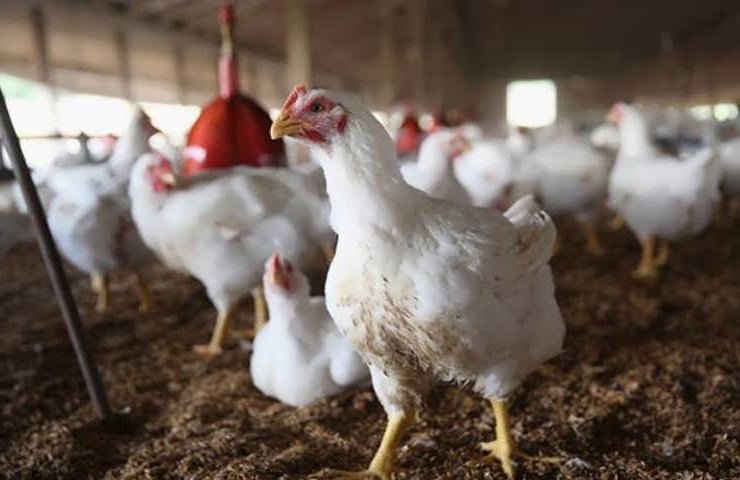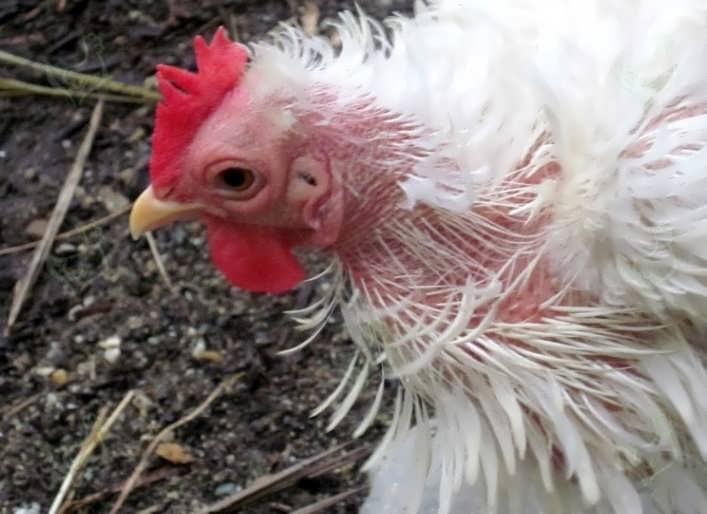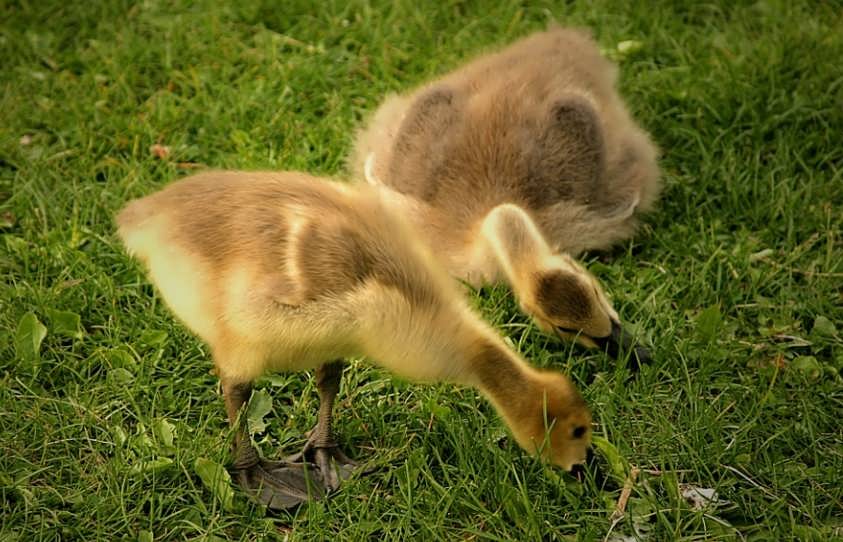When considering the acquisition of young mulards, novice poultry farmers are frightened by ignorance of the biology of these birds. And by the way, growing and caring for mulard ducks is not at all burdensome and is not much different from others.
Reviews of mulards indicate that this bird is hardy and undemanding, but certain rules must be followed.
Growing mulards at home
There is no point in breeding mulard ducks; special breeding stations are engaged in this, but it is not difficult to acquire young animals.
Feeding mulrad ducks
If day old ducklings have appeared, then they are already ready to consume food and water, and here you can’t hesitate. necessary to find out how to feed the mulard ducks even before acquiring young animals and take care of the feed in advance. In this case, stock up:
- starter feed for ducks;
- eggs;
- fresh curdled milk (hereinafter cottage cheese);
- corn grits;
- barley groats;
- wheat groats.
Starting period from 0 to 10 days
It is this period that frightens poultry farmers very much. If the ducklings hatched in a home incubator , then the first day they will only dry out. The supply of nutrients in their body is quite enough. But you need to drink them with a solution of potassium permanganate. This is not the prevention of infection, as many people think, but the prevention of manganese deficiency. The bird is very sensitive to this element and, in the absence of it, quickly loses its immunity. For drinking, it is enough to prepare a slightly pink solution and dip each duckling into it with its beak.
When feeding for beginner poultry farmers, the simplest thing is to pour compound feed into the feeders and pour water into the drinkers. Compound feed should be added as it is eaten. At the same time, it should be taken into account that there should be no fights between birds - everyone should have enough space and food.
To replenish the diet with calcium and phosphorus, cottage cheese and yogurt are added. Sour-milk cheese is calculated at 4 g per head. Yogurt is poured into separate drinking bowls of 4-5 g for each duckling. As soon as they are empty, they are cleaned and washed. The next day, the dose can be doubled, and yogurt can be fed in two doses (morning and evening).
A mixture is applicable as a grain. It is prepared from cereals in the following proportion:
- wheat - 45-50%;
- corn - 25-30%;
- barley - 30-35%.
On the 5th day, they stop feeding eggs and sour-milk cheese, and make a wet cereal mash on yogurt. The stirrer can be raw or welded. If grains are poured into boiling water and allowed to brew, then such food will have better digestibility. You can add whey or yogurt to it, and be sure to add salt at the rate of 0.2 g of salt per head.
There are special requirements for the mixer:
- it must be fresh;
- it cannot be done in advance;
- you need to feed on the day of preparation;
- mash does not replace dry cereals.
From the 5th day of life, ducklings are fed green or succulent food . Preference is given to:
- legumes (clover, sainfoin, alfalfa);
- timothy;
- grated beets, carrots, Jerusalem artichoke;
- from garden herbs to leaves of a dandelion, a nettle, a yarrow.
Greens are not regulated. It is served to ducklings 4-5 times a day until completely eaten. If there is no greenery, then herbal flour should be used. It is soaked in water or mixed into a wet mash. At the age of up to 10 days, the calculation is carried out at 3 g per head.
By 10 days, sand feeders should already be in the cages. Filling is carried out as you eat.
If ducklings are 10 to 30 days old
Care and feeding during this period changes somewhat. Sunflower meal is introduced into the diet in the amount of 10%, the remaining cereals in the amount of 30% each (corn, wheat and barley).
During this period, meat and bone or fish meal is introduced into the diet. They are mixed into a wet mash of noma 3-5 g per head. Slaughter waste should first be boiled at a boil for at least 15 minutes (to avoid salmonellosis). Right on this broth, you can make wet mash from cereals.
When thinking about how to grow a waterfowl without a lake, it should be noted that this is quite realistic. However, drinking water must be:
- constantly;
- in free access;
- clean.
If the ducklings are a month old
From this age, feeding barley groats should be stopped. Corn and wheat will be included in the diet in equal parts. Sunflower meal can be added at a rate of 10%. Making a wet mash, I add table salt to it at a dose of 0.5 g per head.
If it is possible to organize natural grazing, then the area is fenced, seeking rational use. If cell content is practiced, then the grass is fed ad libitum. However, ducklings will not eat greens trampled down and soiled with feces. Mixing should not be practiced either. Greens contribute to the rapid souring of the feed.
What not to give
Growing for meat involves obtaining a high-quality product. During the fattening period, feeds that impair the taste and quality of meat should not be introduced into the diet. These include:
- fishmeal;
- fish waste;
- bran;
- industrial waste (braga, bard, sour pulp);
- barley grits.
In the spring, when feed supplies are running out, tubers should be carefully examined. What is not recommended to feed ducklings is poor-quality feed. It is impossible to introduce rotting vegetables and green potatoes into the feed. Solanine (if the potato has turned green) can cause poisoning and death of the bird. Potatoes are peeled, boiled, and the water is drained.
Experienced poultry farmers know how to feed with compound feed so that the meat is tasty. They use compound feed only in the first month of fattening, and then transfer ducks to natural feed. In this case, the meat has a completely different taste.
Compound feed, unfortunately, contains a great variety of uncontrolled substances:
- preservatives;
- antibiotics;
- stabilizers;
- synthetic amino acids.
All these components degrade the quality of meat.
Features of keeping ducks
Despite the fact that ducks are waterfowl, moisture for daily ducklings is harmful. The brooder should be equipped so that the temperature is within 24-25 ᵒC. Watching the ducklings, they will help determine the height of the suspended heat source. If they huddle together, they are cold, if they crawl away from the lamp, they are too hot.
Caring for mulard ducks consists of constantly maintaining cleanliness in bird cages or aviaries. The litter, whatever it is done, should be dry and clean. It is impossible to allow the litter to warm up and make it with poor-quality, fungus-covered straw. With a mycological lesion, the death of a bird occurs very quickly, and it is difficult to stop the pathology, the loss of livestock can be significant.
Duckling care does not provide for a pool and a large range for exercise. However, their presence is highly desirable. Physical activity improves metabolism, fats are not deposited in the depot, meat acquires a marble structure. Water helps to cool down even on a hot day. If this is not possible, then you should take care of shady barriers or places of shelter from the sun. Watching a bird will determine its well-being.
The IncubatorInfo.ru website has prepared several more useful articles for you:
- What to do if ducklings fall to their feet
- How to properly hatch duck eggs in an incubator .
If the maintenance of mulard ducks is carried out correctly, and the feeding is balanced and rational, then by the age of 2.5 months the bird is quite capable of gaining live weight in the range of 3-3.5 kg. At slaughter, the yield of poultry meat is 55-60%. Such meat is balanced and has a high nutritional value for the human body. Poultry farming is a profitable business all over the world.









Despite the fact that such ducks require careful care, you can adapt and get a good gain.
informative